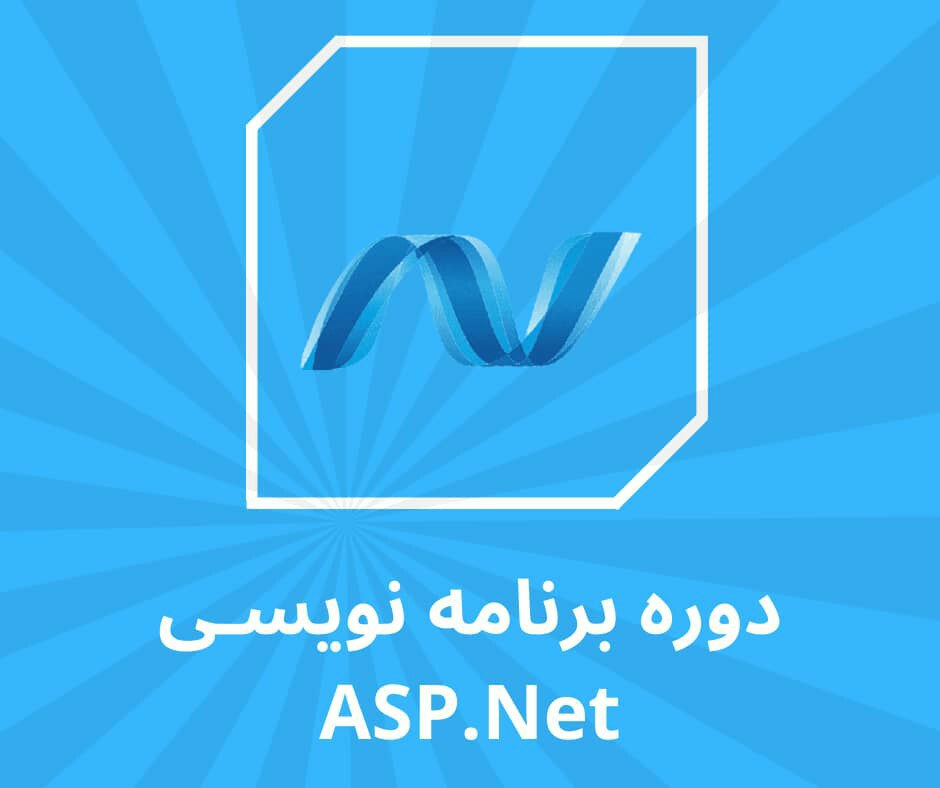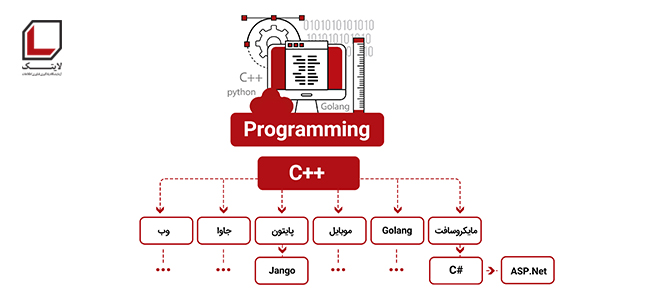- تاریخ برگزاری: 1401/05/20
- مدت زمان دوره: 40 ساعت
- روزهای برگزاری: پنجشنبه
- ساعات برگزاری: 16 الی 20
- نام استاد:
- قیمت: 2800000 تومان
- هزینه دوره مجازی:
- تماس: ۰۲۱۶۶۰۸۶۰۱۹

Design the application architecture (15-20%)
Design the build and deployment architecture (10-15%)
Design the User Experience (15-20%)
Develop the User Experience (15-20%)
Troubleshoot and Debug Web Applications (20-25%)
Design and Implement Security (15-20%)
تمامي دوره ها با رعايت كليه نكات بهداشتي و به صورت حضوري برگزار خواهد شد.
پس با خيال راحت ثبت نام خود را انجام دهيد.
توجه: قبل از واریز وجه دوره، حتما از طریق مسئول آموزش استعلام گرفته شود.



زبان برنامه نویسی Asp.net یک چارچوب توسعه برای ساخت صفحات وب و وب سایت ها با HTML و CSS، جاوااسکریپت و برنامه نویسی سرور است. این دوره آموزشی برای هر کسی که بخواهد ساخت وب سایت ها را بر روی پلت فرم مایکروسافت یادبگیرد، از سایت های مربوط به سرگرمی گرفته تا شبکه های جدید، مدرن و کاملا تجاری، مفید خواهد بود. حتی اگر شما در برنامه نویسی تحت وب تازه کار هم باشید این دوره آموزشی به شما کمک خواهد کرد که به درک اساسی از HTML و CSS برسید. این دوره آموزش همچنین به شما در درک پایه ای از زبان های اسکریپت نویسی مانند جاوا اسکریپت یا VB (ویژوال بیسیک) کمک میکند.
در صورت نیاز به مشاوره و راهنمایی جهت شرکت در دوره، می توانید با شماره های لایتک تماس گرفته و نسبت به تعیین زمان مشاوره توسط کارشناسان لایتک اقدام گردد.
لازم به ذکر است آزمون های دوره Programming به صورت پروژه برگزار می گردد.
دوره های آموزشی Programming را برای حرفه ای شدن به خاطر بسپارید:

دوره آموزشی زبان برنامه نویسی C++:
- C#
- ASP.Net Web Form
- ASP.Net MVC
-ASP.net Core
کلیه اساتید لایتک دارای سابقه درخشان در حوزه آموزش می باشند.